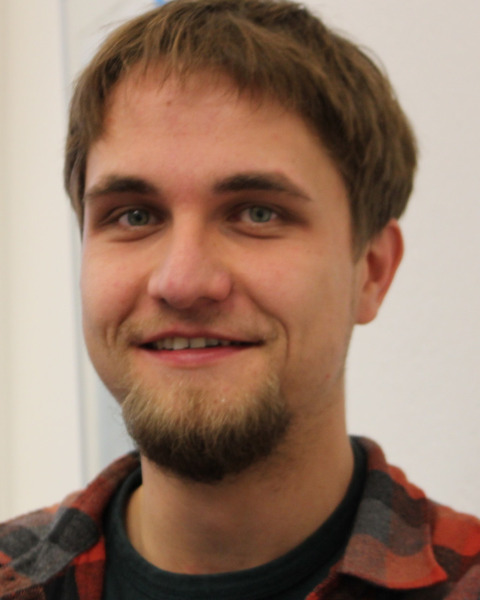
Automation Technologies
Automating the microbial testing of drinking- and process water

Christoph Otto, -
Ph.D. Candidate
Dresden university of technology
Dresden, Sachsen, Germany
Primary Author - December Poster(s)
As early as 1883, Robert Koch defined the bacterial load of water as a criterion for the quality of drinking water and thus created the beginnings of modern drinking water analysis. Since then, the number of parameters to be monitored to ensure the food safety of water, as well as the specified testing intervals, have increased steadily. The examination methods, on the other hand, have remained largely untouched. The methods are still based on a simple colony count after cultivation on various nutrient substrates. Much of the work is still carried out manually, although the high number of samples per day and the low fluctuation in workflows would predestine water analysis for a higher degree of automation. However, obstacles such as the risk of downtimes after machine breakdowns, the spatial constraints combined with the low flexibility of the automated system, the lack of trained personnel, and the high acquisition costs impede the development of automated solutions.
To lower these barriers, we developed a system for creating a flexible, expandable, automated process line that orchestrates sample handling and transport as well as centralized data storage and analysis to enable the setup of an autonomously working process chain. The system allows both, the networking of devices that are located close to each other and those that are distributed throughout the entire laboratory. An expansion of functionality or sample throughput may be realized by the implementation of additional devices or storage areas to the network. With this concept, we have established a system for the automatic processing of the colony counting, as well as the necessary incubation sub-steps in routine screening for Legionella pneumophila. From this starting point, we are steadily expanding the functionality of the platform towards the possibility of walk-away automation for the entire processing of drinking- and process water samples. This development process includes the integration of commercially available devices into the network, the development and manufacturing of new technologies, and the engineering and adaption of individual process steps.
 View Leader Board
View Leader Board
SLAS Events

1st Prize - Comp Reg + Hotel/Airfare to SLAS2023 in San Diego
2nd Prize - $50 Starbucks Gift Card
3Rd Prize - $25 AMEX Gift Card
Keep an eye on the leader boards to see who’s at the TOP. Winners will be announced after SLAS2022.
Each participating poster in the exhibit hall will have a QR code next to it. For virtual participants, look for the scavenger hunt icon for participating posters.
